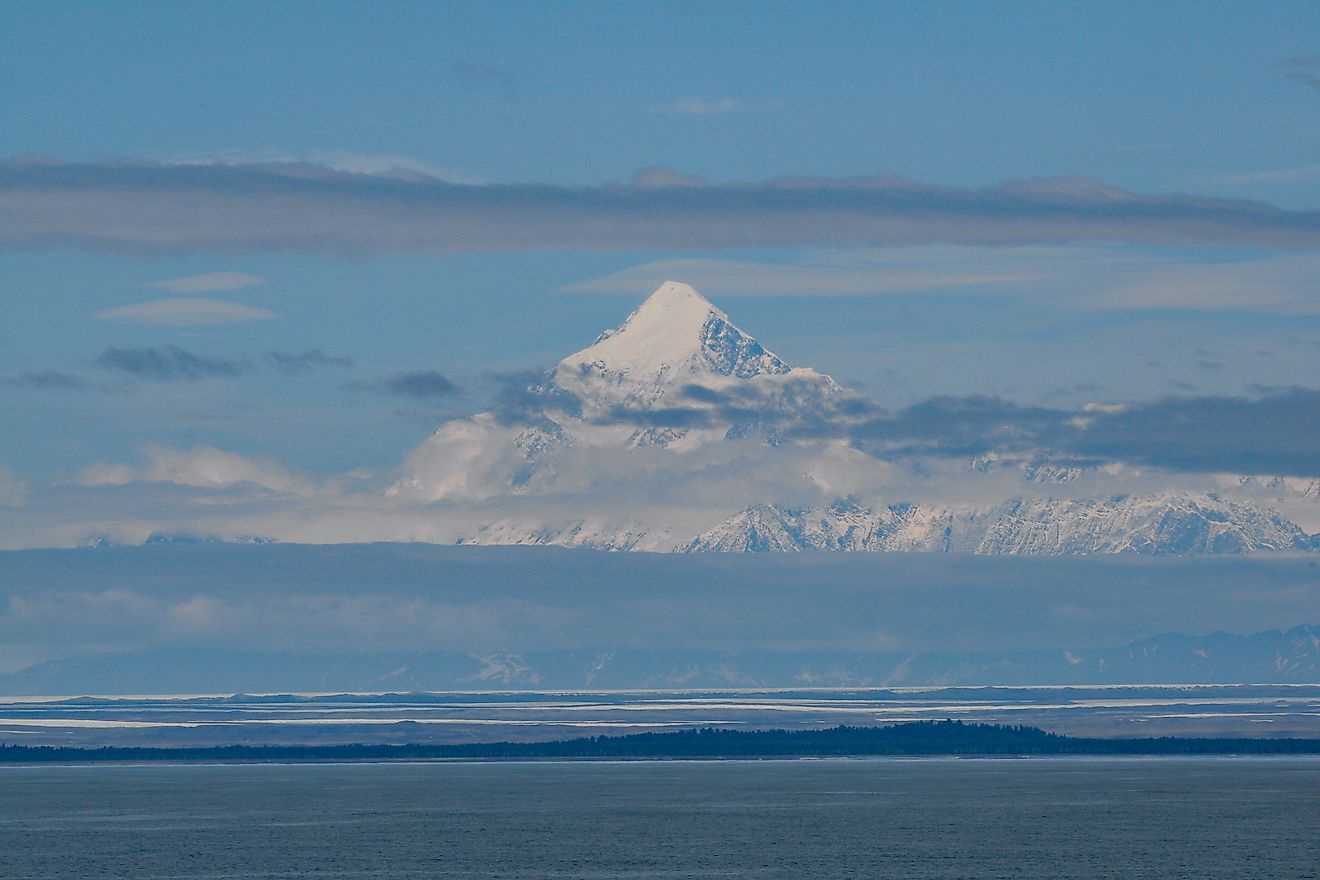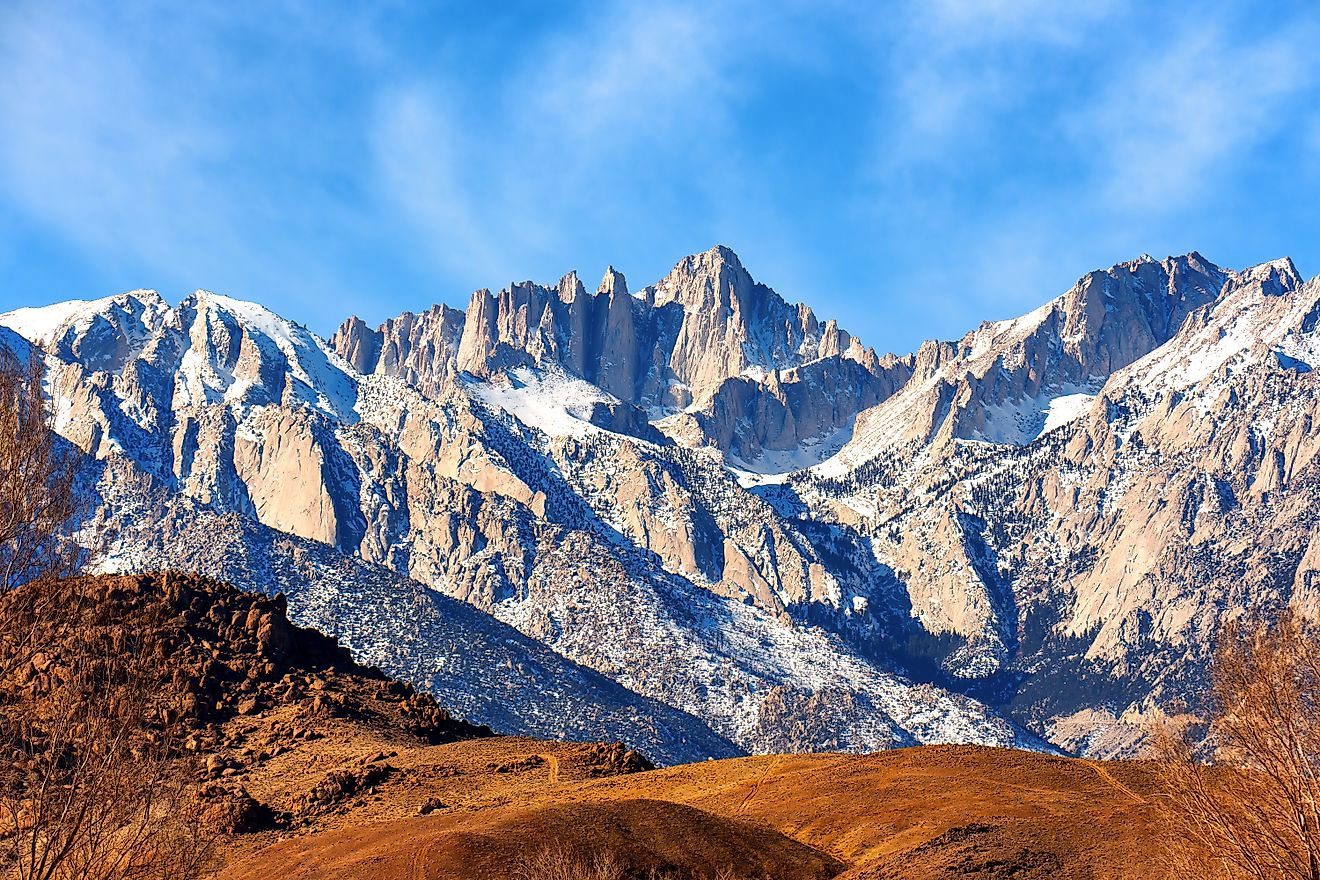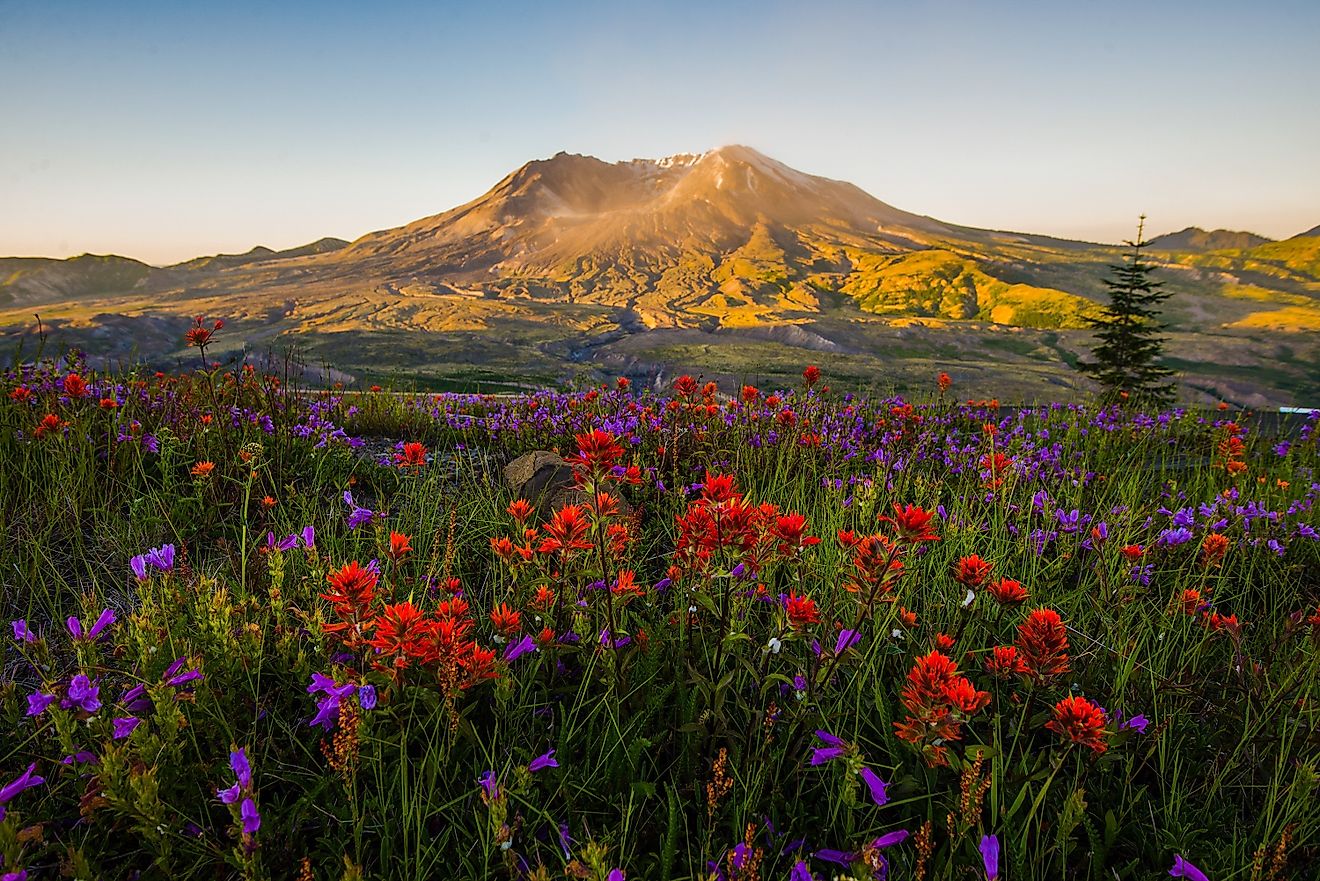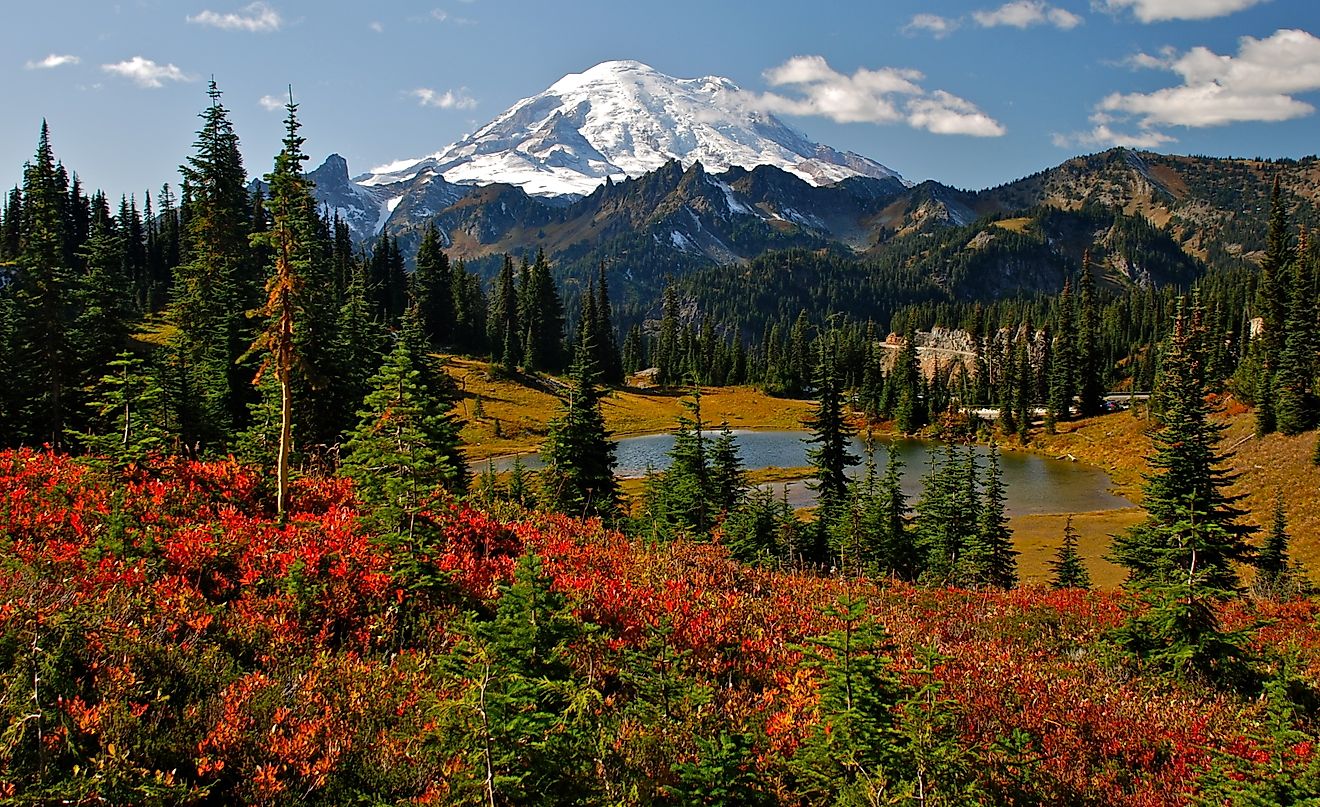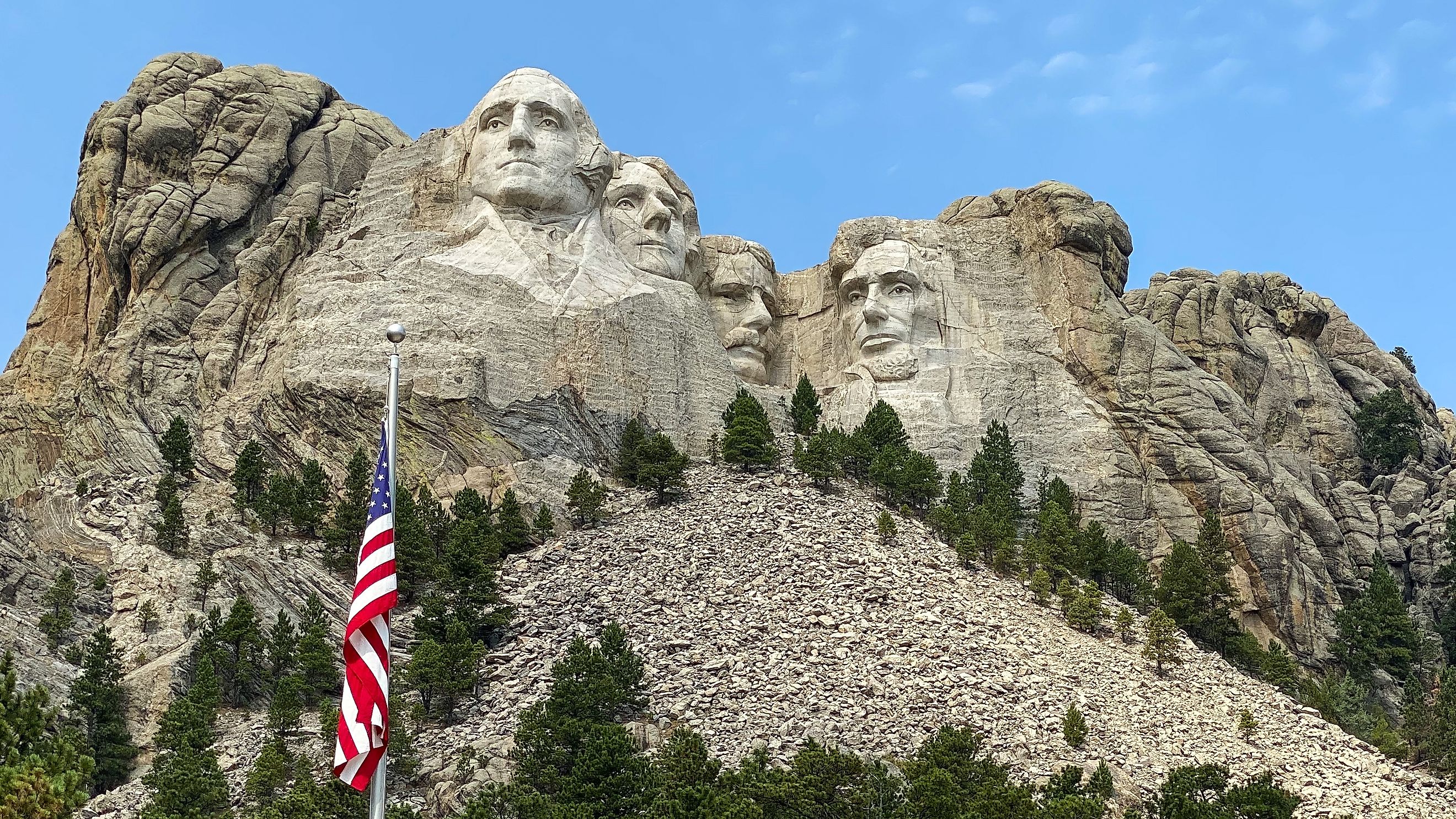
Mount Rushmore
Carved into the granite face of the Black Hills in southwestern South Dakota, Mount Rushmore National Memorial is far more than a dramatic sculptural feat, it’s an American icon. Featuring 60-foot-tall heads of four US presidents, George Washington, Thomas Jefferson, Theodore Roosevelt, and Abraham Lincoln, this colossal monument attracts more than two million visitors each year. But behind the stone faces lies a layered story of art, ambition, and national identity.
Explore the origins, construction, symbolism, and legacy of Mount Rushmore, a mountain turned memorial that continues to shape America’s cultural and historical landscape.
The Location

Mount Rushmore is located about 25 miles southwest of Rapid City, South Dakota, and just north of Custer State Park. The granite peak, rising to 5,725 feet, is located within the Black Hills National Forest, an area known for its ponderosa pine forests, rugged terrain, and abundant wildlife including mountain goats, mule deer, and western tanagers.
The name “Mount Rushmore” dates back to 1885, when New York lawyer Charles E. Rushmore visited the area on a business trip. The peak was named after him, a decision that would gain far greater significance decades later.
The Vision
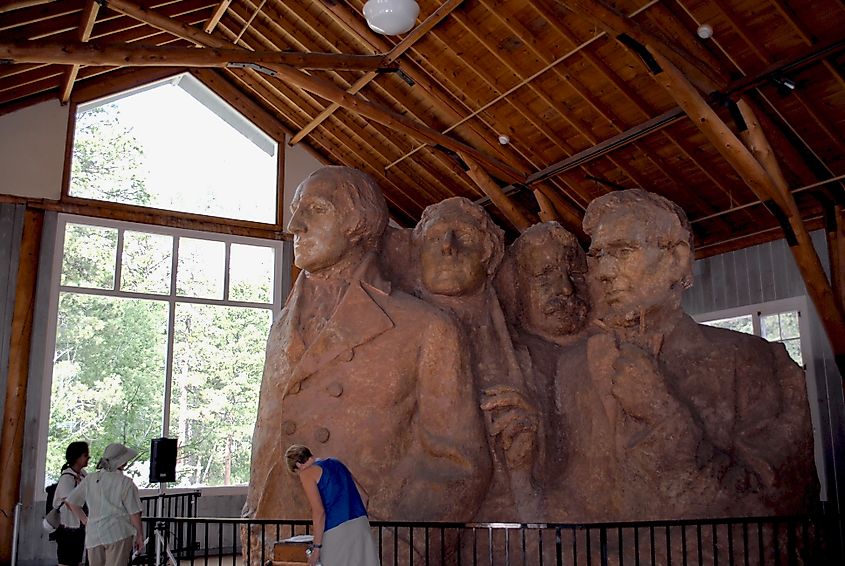
The idea to carve a monument into the Black Hills came in 1923 from South Dakota state historian Doane Robinson. His initial plan was to depict legendary figures of the American West, including Native American leaders and frontier icons, on spire-like rock formations in nearby Custer State Park.
However, sculptor Gutzon Borglum had a different vision. After evaluating the geology, Borglum dismissed the original location as too unstable and shifted the project to Mount Rushmore, where the granite was more solid and durable. More importantly, Borglum proposed a broader national theme: four US presidents, each representing a critical era in the country’s development.
The Four Presidents
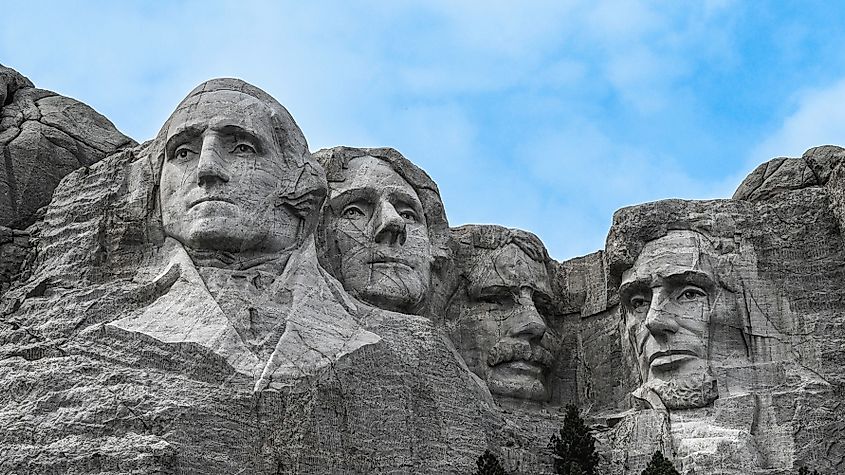
Each figure carved into Mount Rushmore symbolizes a key chapter in America’s first 150 years:
-
George Washington (1732-1799): As the first president and leader of the American Revolution, Washington represents the founding of the nation.
-
Thomas Jefferson (1743-1826): Author of the Declaration of Independence and architect of the Louisiana Purchase, Jefferson stands for expansion.
-
Theodore Roosevelt (1858-1919): Known for his progressive reforms and role in building the Panama Canal, Roosevelt embodies development and emergence on the world stage.
-
Abraham Lincoln (1809-1865): The president who led the country through the Civil War and preserved the Union, Lincoln symbolizes preservation.
This symbolic ensemble tells a cohesive story of American resilience, growth, and leadership.
The Construction
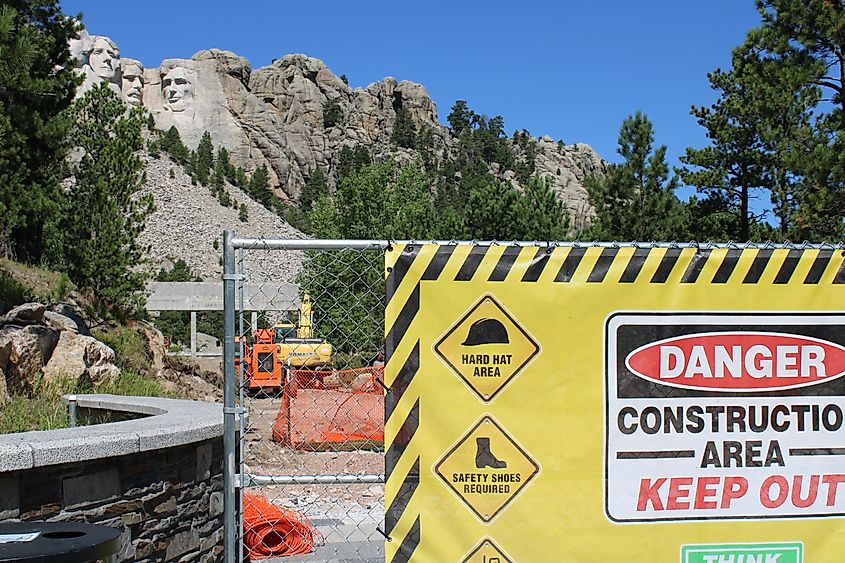
Work on Mount Rushmore officially began in October 1927, following a formal dedication by President Calvin Coolidge. From the outset, the project faced massive challenges like harsh terrain, unpredictable weather, and political and financial hurdles.
Borglum’s construction method was as bold as the monument itself. Sculptors used dynamite to blast away large portions of granite before refining the features with jackhammers, chisels, and drills. To shape the enormous stone faces with precision, a scale model was created, and measurements were transferred using a system of pointing machines and plumb lines.
Although construction spanned 14 years, the actual carving occurred over just six and a half of those years. Intermittent funding, design adjustments, and Borglum’s death in March 1941 all contributed to delays. Borglum’s son, Lincoln Borglum, took over in the final stages, completing the work in October 1941.
Notably, Jefferson’s head was originally positioned to Washington’s right, but unstable rock forced a dramatic redesign. Jefferson was re-carved on the opposite side.
The Legacy

Mount Rushmore has long been a symbol of American patriotism and unity but not without criticism. The memorial was built on land sacred to the Lakota Sioux, which had been promised to them in the Treaty of Fort Laramie (1868) before the US government took control of the area during the Black Hills Gold Rush.
The construction of the monument on this contested land remains a point of historical and cultural tension. Native American groups, including the Oglala Lakota Nation, have called for greater recognition of the site’s sacred status and the historical injustices surrounding its creation. Nearby, the Crazy Horse Memorial, still under construction, is a Native-led project designed to honor indigenous heritage.
Despite these controversies, Mount Rushmore has become a fixture in the national consciousness appearing in films, postcards, political speeches, and countless travel guides.
Modern-Day Mount Rushmore
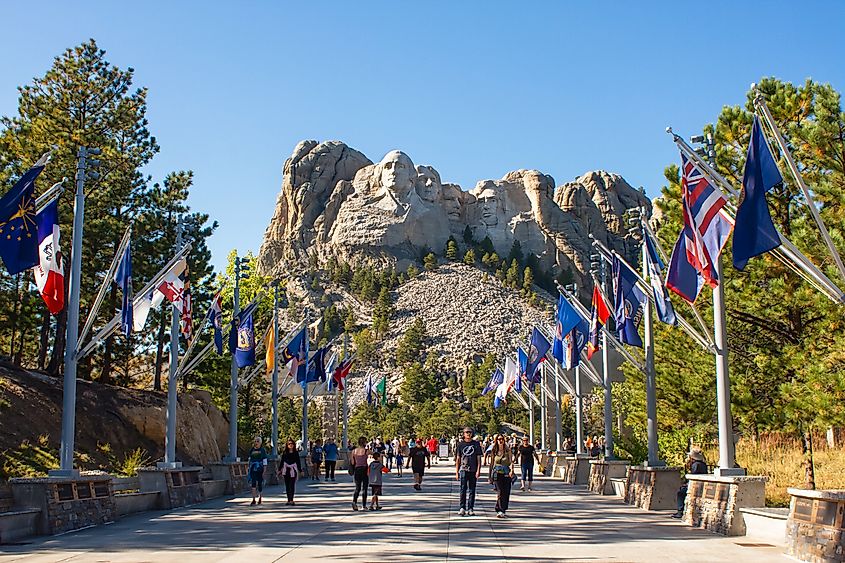
Today, the Mount Rushmore National Memorial spans 2 square miles and is one of the most visited destinations managed by the National Park Service. The site continues to evolve to accommodate increasing tourism.
Key Attractions and Amenities Include:
-
Avenue of Flags: Introduced in 1976, this flag-lined walkway features banners from all 50 states, D.C., and US territories, leading directly to the viewing area.
-
Grand View Terrace & Amphitheater: Added in 1998, these provide sweeping vistas and a venue for ranger talks and nightly lighting ceremonies.
-
Presidential Trail: A half-mile loop that brings visitors as close as possible to the sculpture base.
-
Lincoln Borglum Visitor Center: Offers exhibits on the memorial’s history, from geological insights to engineering marvels.
-
Sculptor’s Studio: Constructed in 1939, this workshop houses the tools and the original scale model used by Borglum.
There are also on-site dining facilities and gift shops. However, overnight accommodations are not available within the memorial itself.
Nature and Wildlife Around the Memorial
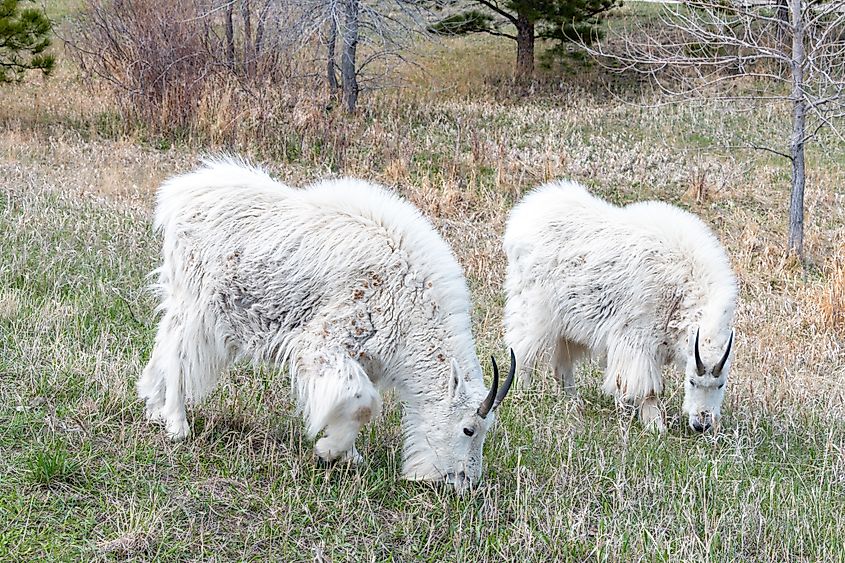
Mount Rushmore lies within the rich ecosystem of the Black Hills National Forest. Dense ponderosa pine forests dominate the landscape, with occasional groves of aspen, especially in areas affected by fire or insect infestation.
Wildlife is abundant: visitors frequently spot mountain goats, mule deer, and an array of smaller mammals like squirrels and chipmunks. Birds are equally plentiful, including species such as pine siskins and western tanagers.
For those looking to extend their trip, nearby natural attractions include:
-
Custer State Park
-
Wind Cave National Park
-
Jewel Cave National Monument
All are within easy driving distance, making Mount Rushmore an excellent hub for exploring the region.
How to Get There
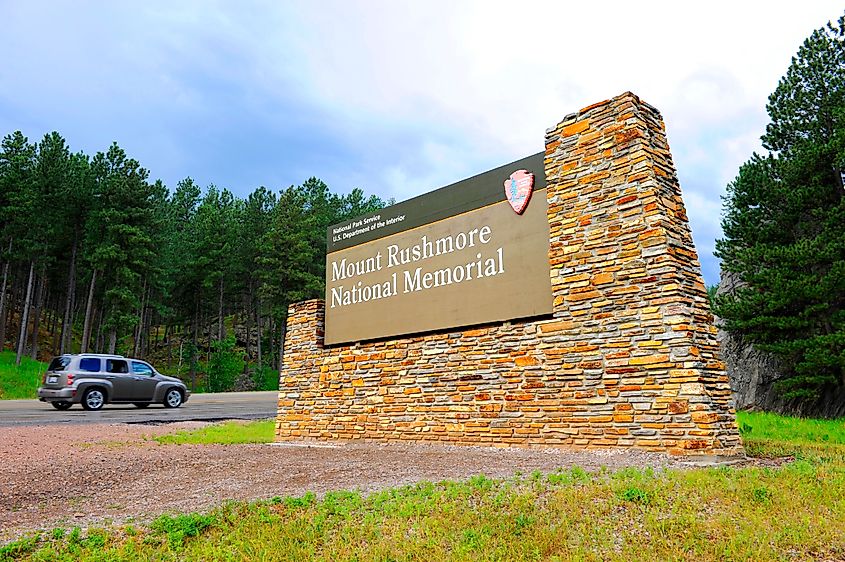
Mount Rushmore is easily accessible by road. Rapid City, the nearest major city, offers airport access and car rentals. From there, US Highway 16 leads to the entrance of the memorial.
Most visitors choose to visit during the summer months, when all facilities are fully operational. Early mornings and weekdays offer fewer crowds and optimal lighting for photography.
Q&A Section
Q: Why were these four presidents chosen for Mount Rushmore?
A: Each president symbolizes a key period in US history: Washington (founding), Jefferson (expansion), Roosevelt (development), and Lincoln (preservation).
Q: Who carved Mount Rushmore?
A: American sculptor Gutzon Borglum led the project until his death in 1941. His son, Lincoln Borglum, completed the work.
Q: How long did it take to build Mount Rushmore?
A: Construction lasted 14 years (1927-1941), though active carving occurred over about six and a half years.
Q: Is Mount Rushmore built on Native American land?
A: Yes. The Black Hills are considered sacred by the Lakota Sioux and were guaranteed to them by treaty before being seized by the US government.
Q: Can you climb Mount Rushmore?
A: No. Climbing on the monument is strictly prohibited to protect both the sculpture and visitor safety.
